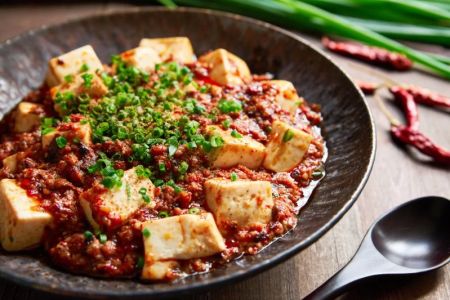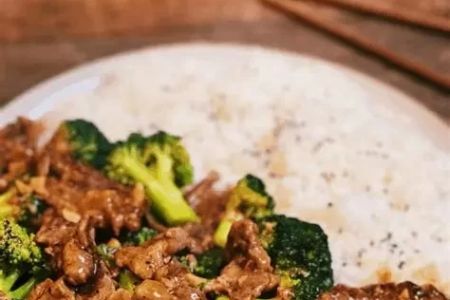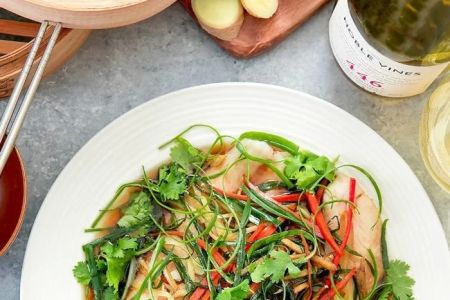- 1 - The Essence of Chinese Stewing
- 2 - Key Ingredients and Flavor Foundations
- 3 - Techniques for Perfect Stewing
- 4 - Popular Chinese Stewing Dishes to Try
- 5 - Real-Life Stories and Cultural Significance
- 6 - Why Chinese Food Helps You Master the Art of Stewing
1 - The Essence of Chinese Stewing
Mastering the art of Chinese stewing for hearty and comforting dishes begins with understanding its cultural roots. Stewing in Chinese cuisine is not only about slow-cooking meat and vegetables; it’s about layering flavors that represent warmth and care. Unlike quick stir-fries, stews take time and patience, allowing ingredients to meld together into dishes that soothe both body and soul. For centuries, Chinese families have gathered around stewed meals that symbolize nourishment and tradition.
2 - Key Ingredients and Flavor Foundations
The heart of Chinese stewing lies in the careful balance of flavors. Common base ingredients include soy sauce, rice wine, star anise, ginger, garlic, and rock sugar. These create a rich umami depth that makes dishes unforgettable. For instance, the subtle sweetness of rock sugar smooths out the saltiness of soy, while ginger adds brightness. This complexity is what makes Chinese stews comforting yet sophisticated. Choosing quality ingredients is crucial, as each element plays an irreplaceable role in the final taste.
3 - Techniques for Perfect Stewing
Perfecting a Chinese stew requires attention to detail. The process usually begins with blanching or searing meat to remove impurities and lock in flavor. Next comes the layering of aromatics before adding liquid bases. Slow simmering over low heat is essential to achieve tender textures and fully developed flavors. A well-known tip passed down through families is to avoid rushing the process—patience is as much an ingredient as soy sauce or ginger. Adjusting seasoning gradually ensures a balanced dish that improves the longer it sits.
4 - Popular Chinese Stewing Dishes to Try
Some of the most beloved Chinese dishes highlight the beauty of stewing. Classics include red-braised pork belly (hong shao rou), herbal chicken stew, and beef brisket with daikon. Each dish showcases how the same technique can be adapted across regions with different spices and traditions. For example, Sichuan stews lean on chilies and peppercorns for bold heat, while Cantonese versions focus on mild, herbal notes. Exploring these dishes is a journey through the diverse landscape of Chinese cuisine.
5 - Real-Life Stories and Cultural Significance
Chinese stews often carry stories beyond the kitchen. One viral social media story in 2022 showed a grandmother preparing a family stew that had been passed down for four generations, sparking discussions about the role of food in preserving heritage. Similarly, many urban families today recreate traditional stews as a way of reconnecting with their roots, even in fast-paced city life. These stories highlight that stewing is not only about taste but about memory, family, and continuity.
6 - Why Chinese Food Helps You Master the Art of Stewing
For those eager to learn, Chinese Food provides access to recipes, authentic ingredients, and expert recommendations that make mastering stewing approachable. Whether you’re experimenting with red-braised dishes or trying herbal broths, Chinese Food ensures you have the tools and knowledge to succeed. By bridging tradition with modern cooking tips, it helps home cooks create hearty, comforting meals that feel both authentic and personal.







